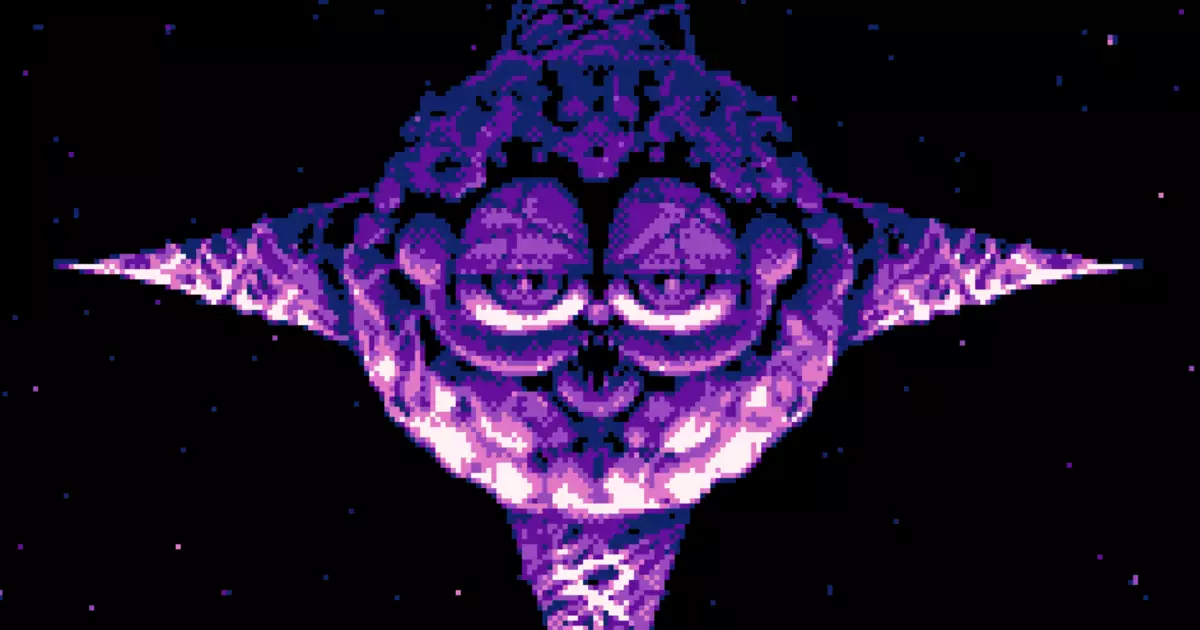For many, Garfield symbolizes the humorous and oftentimes lazy charm of a cartoon cat who champions the noble pursuit of lasagna. However, the landscape of this character has metamorphosed dramatically since the late 1990s. Relying heavily on internet culture, modern interpretations of Garfield have shifted towards the bizarre and macabre, principally showcased through the infamous Gorefield memes. This transformation raises fascinating questions about how characters can evolve within the context of modern digital art and meme culture, as traditional comic characters face reinterpretation in unanticipated and unsettling ways.
Gorefield represents a departure from Garfield’s benign demeanor; he’s an embodiment of existential dread and cosmic horror. By stripping Garfield of his comic strip constraints, creators have given rise to a version of the character that is not just a parody, but a profound commentary on the boundaries of artistic representation. In terrifying forms—centipede-like creatures, incomprehensible shapes that harken back to Lovecraftian nightmares—Gorefield has become a symbol of how nostalgia can twist into something unsettling. Rather than simply existing as a figure of humor, he now elicits feelings of unease, asking audiences to confront their own fears and the absurdity within familiar narratives.
Complementing the emergence of Gorefield is Gar-Type, a fangame crafted by talented creators LumpyTouch and qkjosh. This project not only exemplifies fan engagement in the digital age but also serves as a commentary on the evolving nature of gaming narratives. Players find themselves navigating a surreal world where the once-beloved feline has transformed into a planet threatening Earth’s existence. Tasked with defeating the creature through a simplistic yet engaging gameplay mechanic, players are invited to partake in this new mythology that blurs the lines between beloved comic nostalgia and unsettling cosmic horror.
Gar-Type exemplifies an interesting evolution in game design, leaning heavily on retro aesthetics while incorporating modern gaming mechanics. The juxtaposition of a character that once evoked laughter now demanding the player’s skill to defeat him encapsulates a profound shift in audience perceptions. It reveals how even lighthearted properties can take on darker themes when viewed through the lens of contemporary artistic interpretation.
Memes have revolutionized how cultural artifacts are disseminated and transformed. Gorefield and his various iterations encapsulate this phenomenon, wherein a joke can morph into an intricate commentary almost overnight. This rapid evolution showcases social media’s capacity for reinvention, allowing deep-seated themes of humor and horror to coexist. The transformation of Garfield into Gorefield questions the integrity of the original character, ultimately transforming him into a relic of multiple interpretations.
As our cultural landscape continues to shift, the once-familiar figure of Garfield may symbolize a greater trend—a reflection of our collective anxieties packaged within a humorous shell. The digital age has bestowed upon us the power to reinterpret narratives, leading to unexpected and often disconcerting creations. In this unsettling world, Gorefield stands as a potent reminder of how familiarity can inherit the dark and surreal, forever altering the perceptions of the characters that have defined our childhoods.

